 |
| April 07, 2022 |
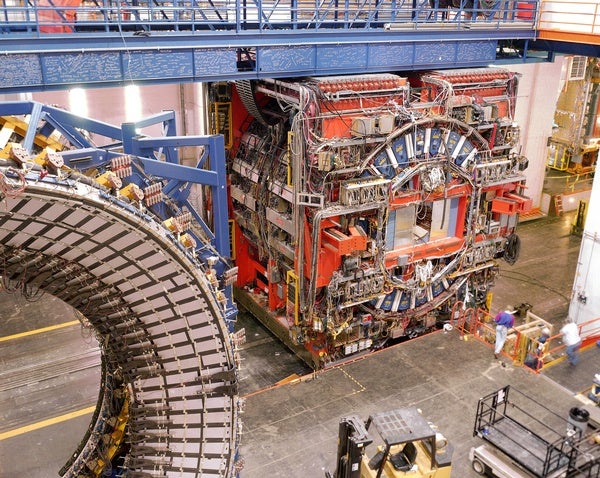 |
| Particle Physics Elementary Particle's Unexpected Heft Stuns Physicists A new analysis by the CDF collaboration is a bolt from the blue, finding that the W boson is significantly heavier than suggested by previous measurements and theoretical prediction By Daniel Garisto | |
| |
| |
| |
| |
| |
| |
| |
| |
| |
| |
| |
FROM THE STORE
 | | | |
| |
FROM THE ARCHIVE
 | | | |
| QUOTE OF THE DAY
 "Nobody was waiting for this discrepancy...It's very unexpected. You almost feel betrayed because suddenly they're sawing off one of the legs that really support the whole structure of particle physics." Martijn Mulders, experimental physicist at CERN | |
LATEST ISSUES
 |
| |
| Questions? Comments?  | |
| Download the Scientific American App |
| |
| |



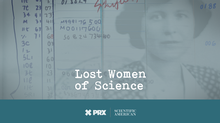
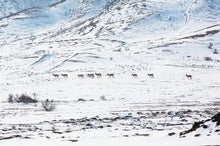
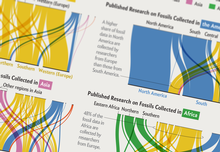

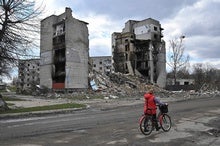
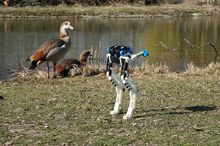
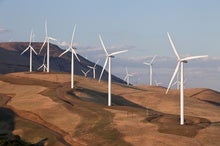
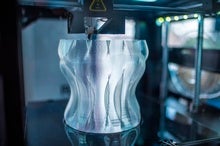
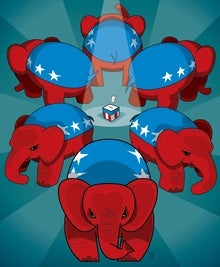

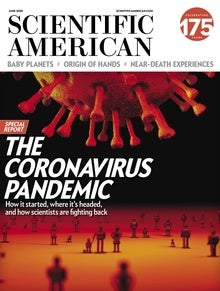



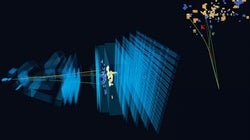
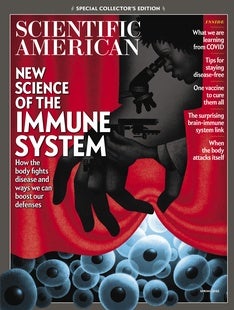

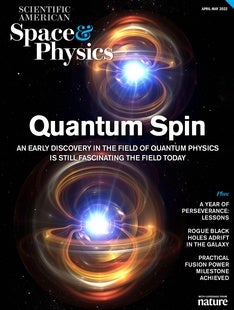
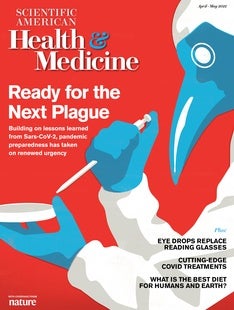
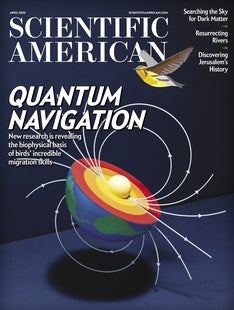



Comments
Post a Comment